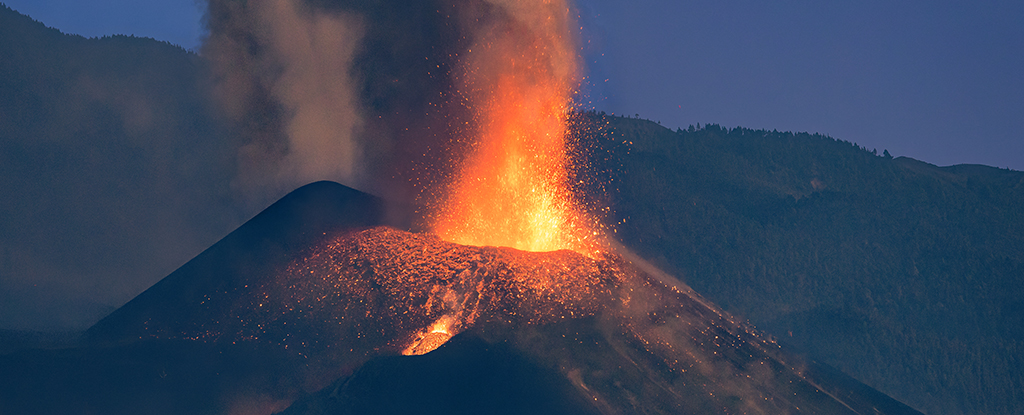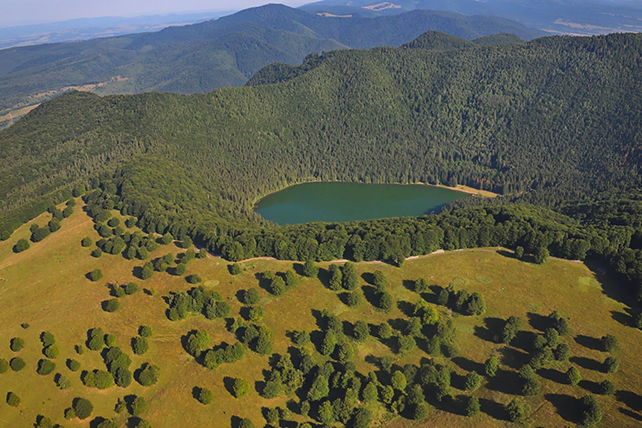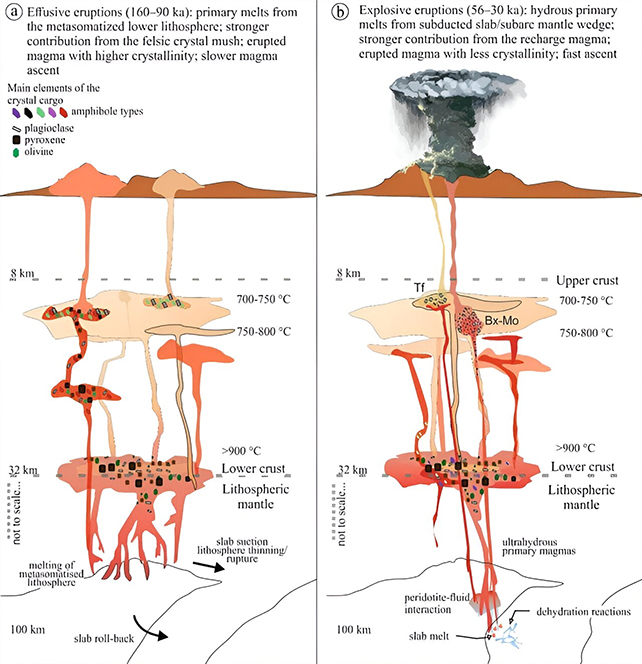
Delving into a recent exploration of the Ciomadul volcano in Romania reveals the swift and formidable nature of eruptions in dormant volcanoes.
As one of the youngest volcanoes in eastern-central Europe, Ciomadul has been dormant for approximately 30,000 years. Employing an advanced geological analysis, a group of European scientists has illuminated the volcanic activity cycle that Ciomadul has undergone over the millennia.
The team specifically aimed to investigate the shift in eruption types over an extended duration, ranging from the milder effusive flow of lava to the more hazardous explosive release of gases and lava under intense pressure.

“Throughout its nearly million-year existence, the volcano has experienced numerous extended dormant phases. Surprisingly, even after tens of thousands, and at times over 100,000 years of quiescence, volcanic eruptions have reignited,” notes geochemist Szabolcs Harangi from Eötvös Loránd University in Hungary, as stated.
The research team conducted a meticulous examination of crystals and minerals within the volcanic rocks surrounding Ciomadul. Analyzing the chemical composition and water content of these rocks provides experts with valuable insights into the eruption conditions and their timeline.
After previously establishing an earlier phase of effusive eruptions, the team now focuses on the more recent explosive eruption period, spanning from approximately 56,000 years ago to around 30,000 years ago.

The examination uncovered two magma zones: an upper zone (8 to 12 kilometers or 5 to 7 miles) deep and a lower zone (16 to 40 kilometers) deep. The method of magma surfacing seems contingent on the origin of the recharge magma.
If the composition is predominantly melted lithosphere, the chemicals facilitate a gradual release. Conversely, the introduction of an oceanic slab to the mix results in a more explosive chemistry.
As per the researchers, the crystallinity and heightened water content of the magma emerging from the recharge zone played a crucial role in the transition from effusive to explosive eruptions following a hiatus of approximately 10,000 years.
Geochemist Barbara Cserép from Eötvös Loránd University states, “[The most recent eruptions] were formed by more dangerous, explosive eruptions compared to the previous active episode. So, it is important to know what was the reason for this change in eruption style.”
It is well established that explosive eruptions can occur in volcanoes that have been dormant for an extended period, underscoring the importance of comprehending this process. Although Ciomadul currently shows no signs of imminent eruption, it remains a valuable case study.
One practical application of this research is its potential to aid in recognizing signs of an impending eruption. With approximately 1,350 potentially active volcanoes on Earth, early warnings are crucial for ensuring safety.
“Eruption of volcanoes – irrespective of their magnitude – poses a significant, but often underrated risk on modern society,” write the researchers in their published paper.
The research findings are detailed in Contributions to Mineralogy and Petrology.





